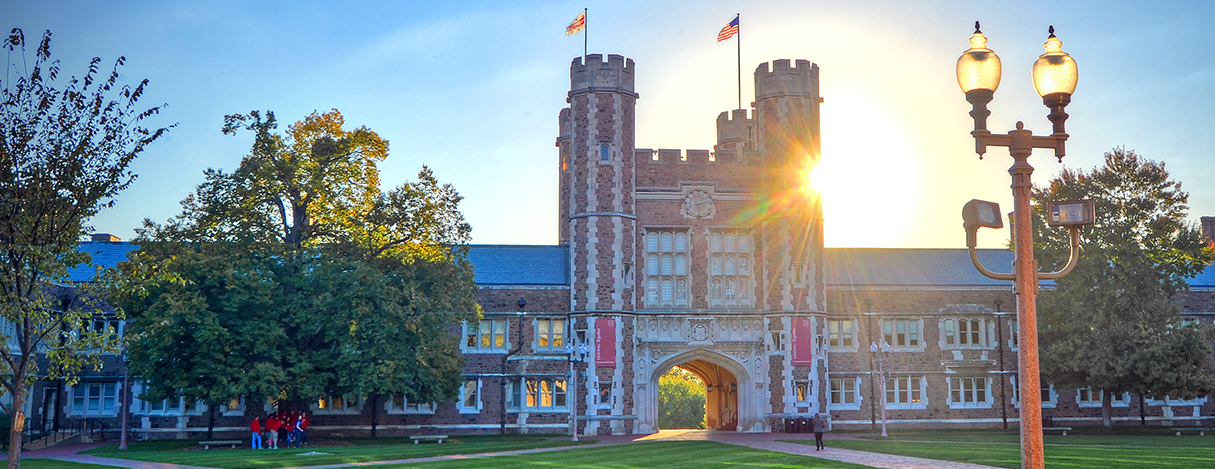I will review current state of models of neutrino masses. I will discuss the models' implications for particle physics phenomenology and for cosmology.
We present a novel framework that provides an explanation to the long-standing excess of electronlike events in the MiniBooNE experiment at Fermilab. We suggest a new dark sector containing a dark neutrino and a dark gauge boson, both with masses between a few tens and a few hundreds of MeV. Dark neutrinos are produced via neutrino-nucleus scattering, followed by their decay to the dark gauge...
In this talk, I will discuss light mediator models and various experimental constraints with particular emphasis on the recent results from the COHERENT experiment. I will show one particular example of such a model which contains sub-GeV dark matter.
In this talk, I am going to review the recent progress of coherent neutrino-nucleus scattering experiments and summarize the constraints on various BSM physics, including NSI, SPVAT (Scalar Pseudoscalar, Vector, Axialvector, Tensor) interactions, sterile neutrinos, light mediators, neutrino magnetic moments, dark matter, etc.
Rare and unique neutrino scattering processes can serve as an ideal tool in the search for new physics. In this context, I will present the sensitivity of the DUNE near detector to leptophilic Z' models, using neutrino-electron and neutrino trident scattering. I will conclude illustrating how similar signatures can also arise in more exotic models and motivating the need for a program to...
We expound in detail the degeneracy between the octant of θ23 and flavor-changing neutral-current non-standard interactions (NSI’s) in neutrino propagation, considering DUNE as a case study. In the presence of such NSI parameters involving the e − µ (εeµ) and e − τ (εeτ) flavors, the νµ → νe and νµ → νe bar appearance probabilities in long-baseline experiments acquire an additional...
The study of inclusive neutrino ($\nu$) cross sections and total fluxes for signs of (beyond) Standard Model interactions is critically dependent upon accurate theoretical modeling for consistent reconstruction of a $\nu$'s energy. Given the continuum of final state topologies available to such processes, the most popular form of this modeling within the experimental community generally occurs...

